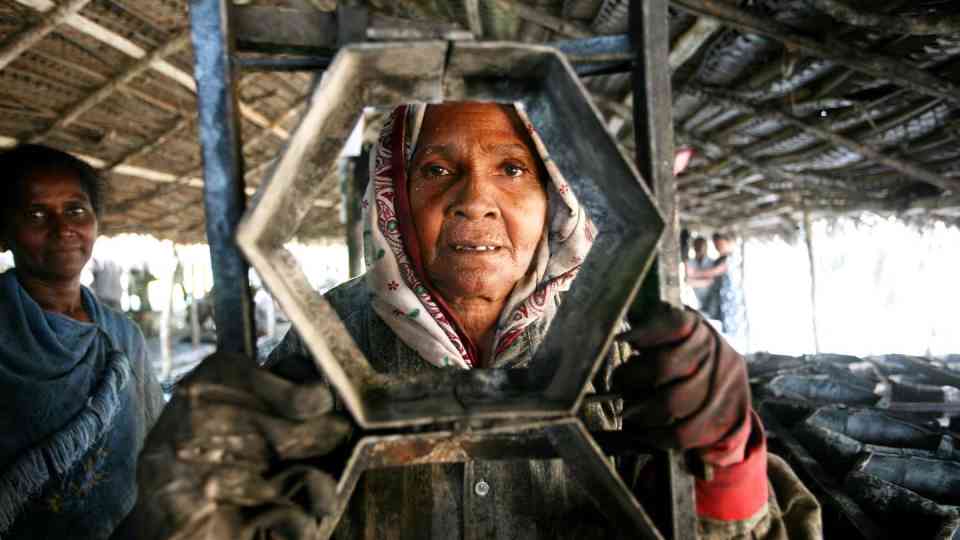The United Nations Office for Project Services (UNOPS)

Helping children in Sri Lanka learn in a safe environment
New school facilities are helping nearly 7,000 children from the Kilinochchi District in the northern region of Sri Lanka access education services in a safe and child friendly environment.
Kilinochchi was one of the districts that was worst affected by decades of conflict, which destroyed already sparse school buildings and weakened local education infrastructure.
Many schools in the district previously used make-shift sheds and the shade of the trees to conduct their classes and meetings, exposing children and teachers to dust, rain and winds. An absence of usable space meant that many schools could not offer some required subjects of study. In addition, there was a serious lack of proper sanitary and cleaning facilities, especially for female students and children with disabilities.
With funding from the Korea International Cooperation Agency (KOICA) and in partnership with the Ministry of Education of Sri Lanka, UNOPS managed the design and construction of new classroom buildings and sanitary facilities in twelve schools in the district. The new facilities, handed over in 2014, provided 110 classrooms and 16 computer and science laboratories. The project also delivered three cluster-quarters for staff, comprised of nine dormitory type quarters and three family quarters.
"Given the longstanding relationship between KOICA and UNOPS, KOICA was confident in UNOPS performance in terms of transparency, sustainability and compliance with international standards", said Ms. Ae Jin Han, KOICA Deputy Country Director.
For the benefit of both children and teachers, UNOPS consulted with government and school authorities on the intended use of each classroom. This information helped the project team to customize construction and procurement activities based on the specific needs of those using the space. For instance, racks for the storage of school bags were installed at lower levels for younger children.


The new facilities incorporated sustainable designs to maximize the use of natural light and ventilation. These environmentally compatible buildings used reinforced concrete for the support beams in coastal areas, helping to reduce the effect of rust. Disability access-ramps were installed in classroom buildings and separate toilet facilities were constructed for female students and disabled children, to allow for increased privacy. In order to build capacity in the region, UNOPS worked closely with local contractors, ensuring effective planning and execution of the work.
"Newly built hand wash units are the first of their kind in the school. It has introduced a very healthy practice among children who now wash their hands before and after taking meals", shared one school principal.
Residential staff accommodations in three divisions of the district have been designed to house 72 teachers, some of whom previously had to travel for several hours to reach their jobs and did not feel safe commuting alone into rural areas. The new facilities have improved safety for female teachers and the district schools are able to better retain their qualified staff. The quarters were equipped with beds, tables and sanitary facilities procured by UNOPS.
With larger up-to-date facilities, schools have been able to offer more subjects for study, such as science and mathematics. As a result, several schools have received an improved grading from the Ministry of Education. Furthermore, most schools have noted an increase in school attendance and educational performance.
The project was completed under-budget. UNOPS used the remaining funds for additional activities, including procuring more equipment for the schools, in collaboration with KOICA and the Ministry of Education.
UNOPS is currently helping partners deliver over $19 million in customized social and economic development projects across Sri Lanka. From building schools and hospitals to waste-management facilities, projects in the country help build national capacity by involving local counterparts and contractors.
Visit our Flickr album to see more pictures from the project.











